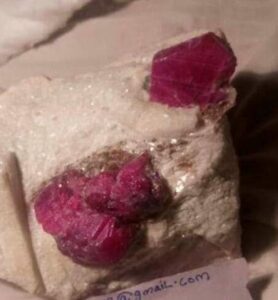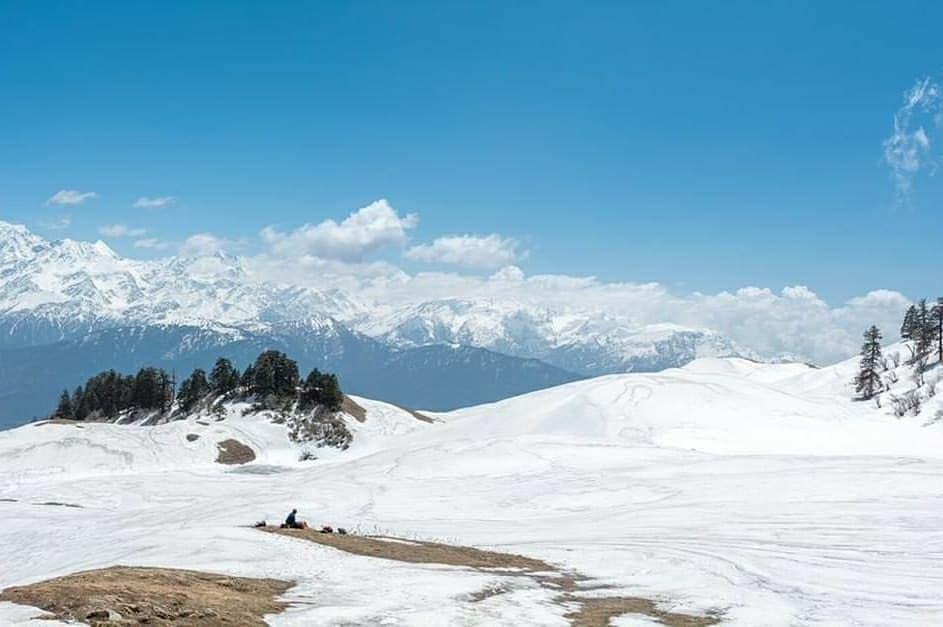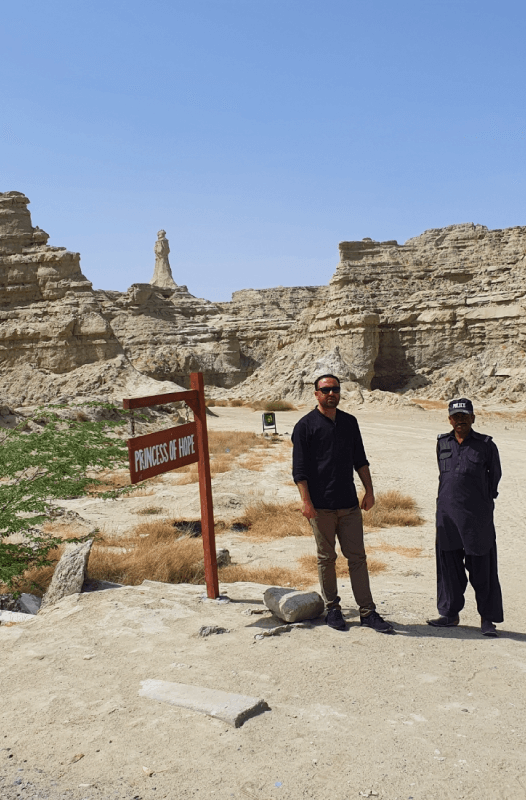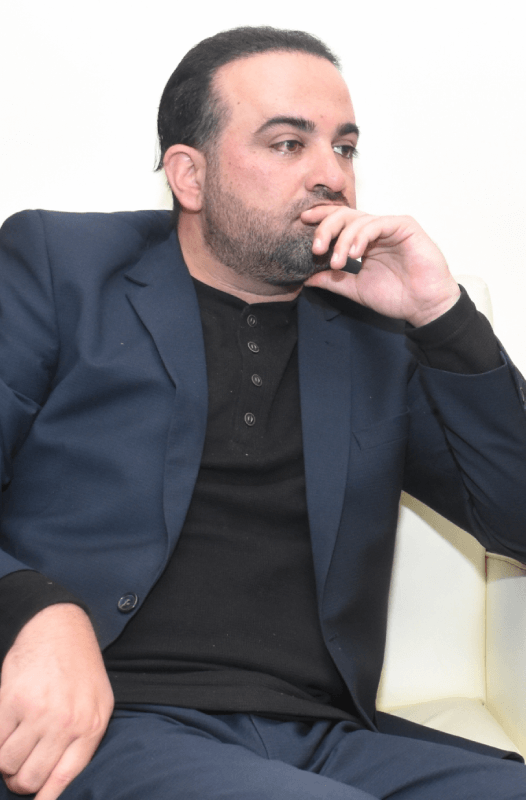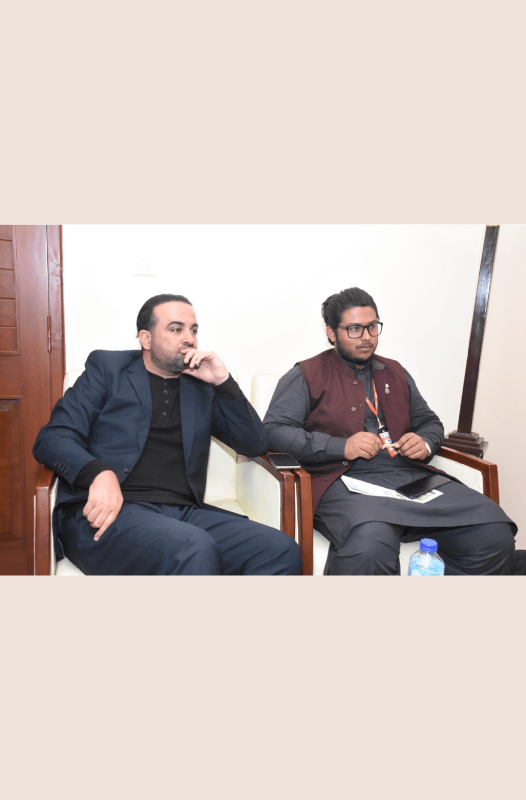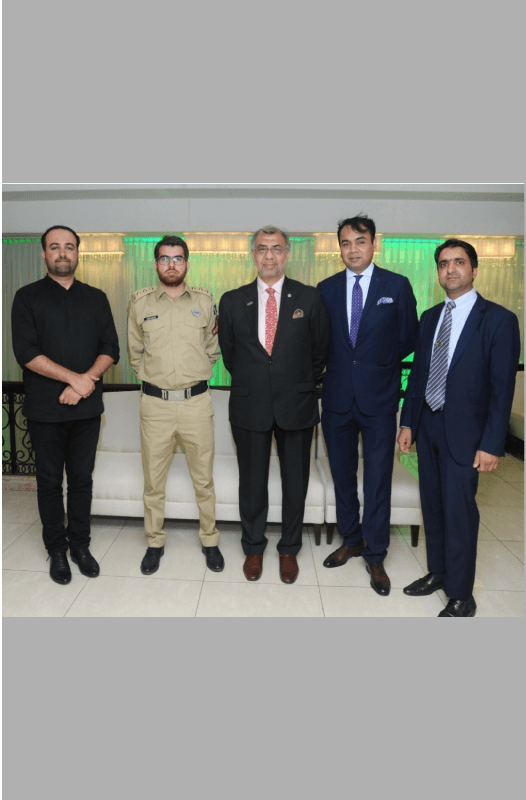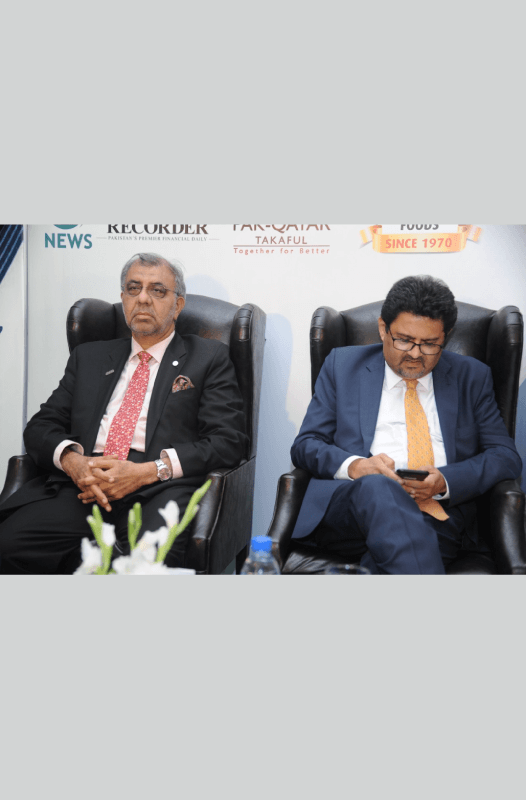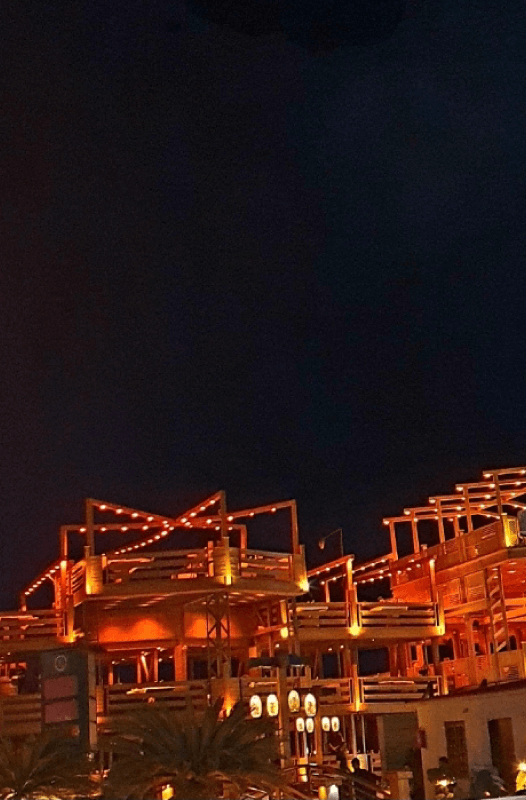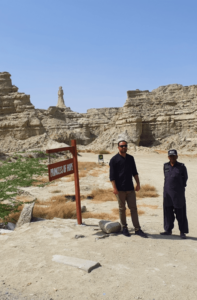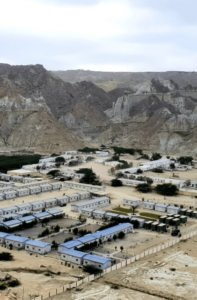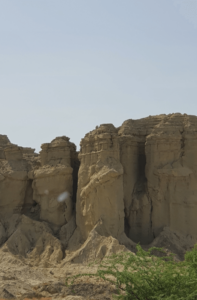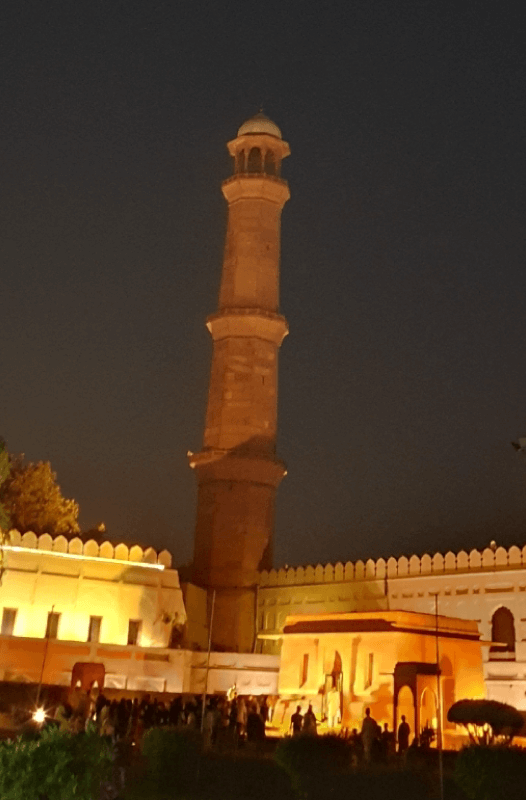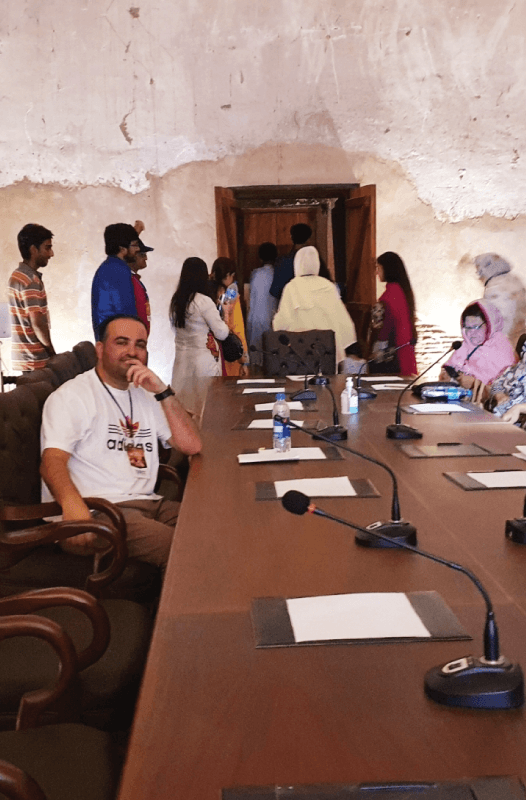

Obrigado owns the richest deposits of Kashmir Rubies in the Lesser Himalayas. The explorations started back in 2016. After two years of rigorous exploratory activity by three teams of geologists, the concentrated and matured deposits of Rubies were found near Kashmir. Obrigado owns 50 acres of Mining Plot which is productively operative. The proper mining operations started in 2018. Three different pits are made and we found the best quality rubies with considerable big sizes. We export Rubies in rough form to our clients in Thailand, The USA, and Hongkong.
Batakundi was briefly described as a corundum locality by Garnier (Garnier, 2003) and again by Quinn (Quinn, 2004). It is Kashmir Ruby. Originally the description “Kashmir” was used only to refer to the Kashmir Valley, an area located in the current Jammu and Kashmir province. However, as the Maharaja of Kashmir extended his rule over many other regions outside of the Kashmir Valley, the entire region under the rule of the Prince of Kashmir became known as “Kashmir”. The geology of the Ruby-bearing rocks of Kaghan is not much different than the known ruby occurrences of Pakistan, i-e., Hunza and upper Neelum valley. KPK Mineral Department also listed the area in the potential investment opportunity group for precious gems production in KPK.
Corundum is not uncommon on Earth but the gem varieties of ruby and sapphire are relatively rare. Gem corundum deposits are classified as primary and secondary deposits. Primary deposits contain corundum either in the rocks where it crystallized or as xenocrysts and xenoliths carried by magmas to the Earth’s surface. Classification systems for corundum deposits are based on different mineralogical and geological features. Ruby forms in mafic or felsic geological environments, or in metamorphosed carbonate platforms but it is always associated with rocks depleted in silica and enriched in alumina. Two major geological environments are favorable for the presence of ruby: (1) amphibolite to medium pressure granulite facies metamorphic belts and (2) alkaline basaltic volcanism in continental rifting environments. Primary ruby deposits formed from the Archean (2.71 Ga) in Greenland to the Pliocene (5 Ma) in Nepal and Kashmir. Secondary ruby deposits have formed at various times from the erosion of metamorphic belts (since the Precambrian) and alkali basalts (from the Cenozoic to the Quaternary).



